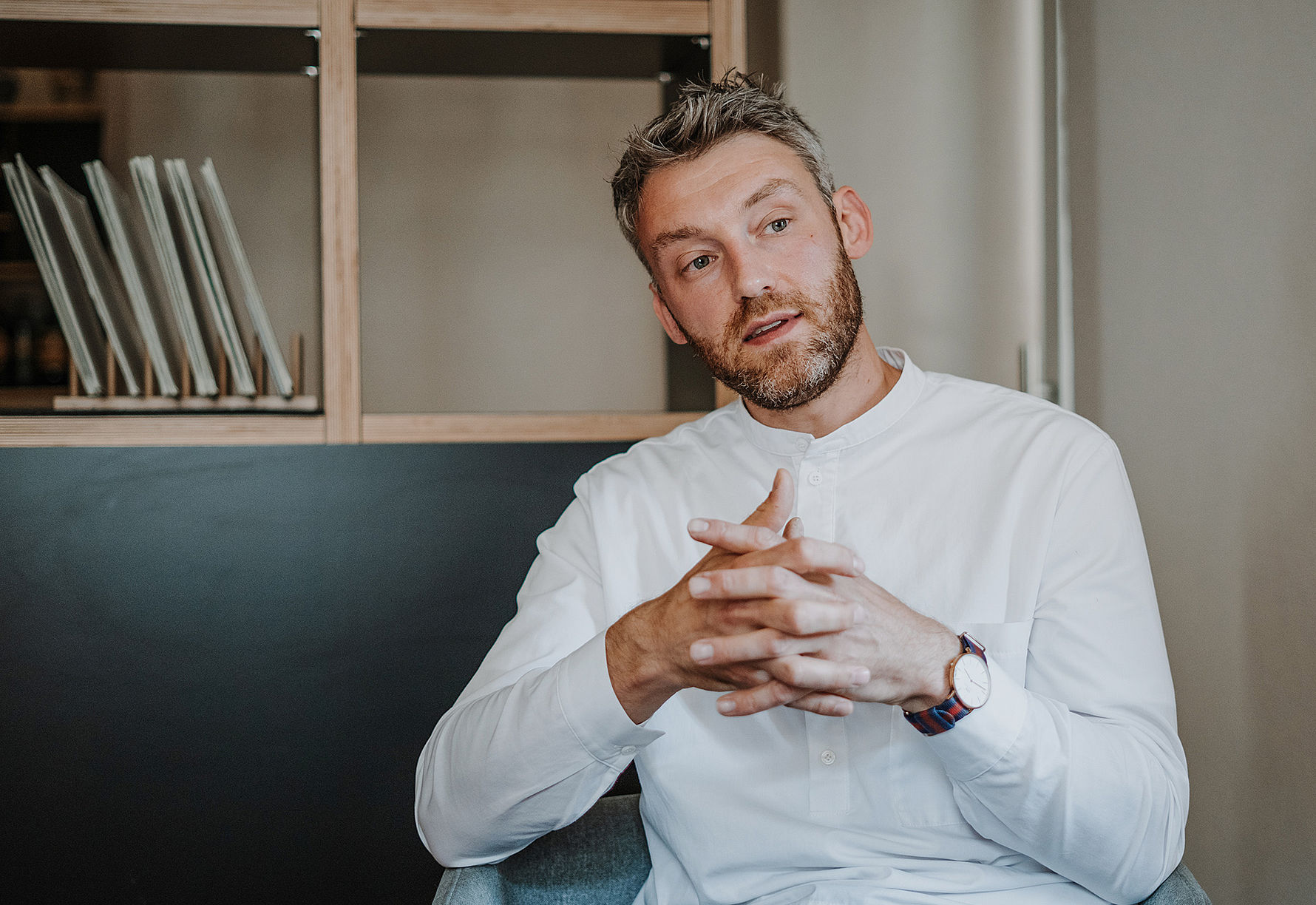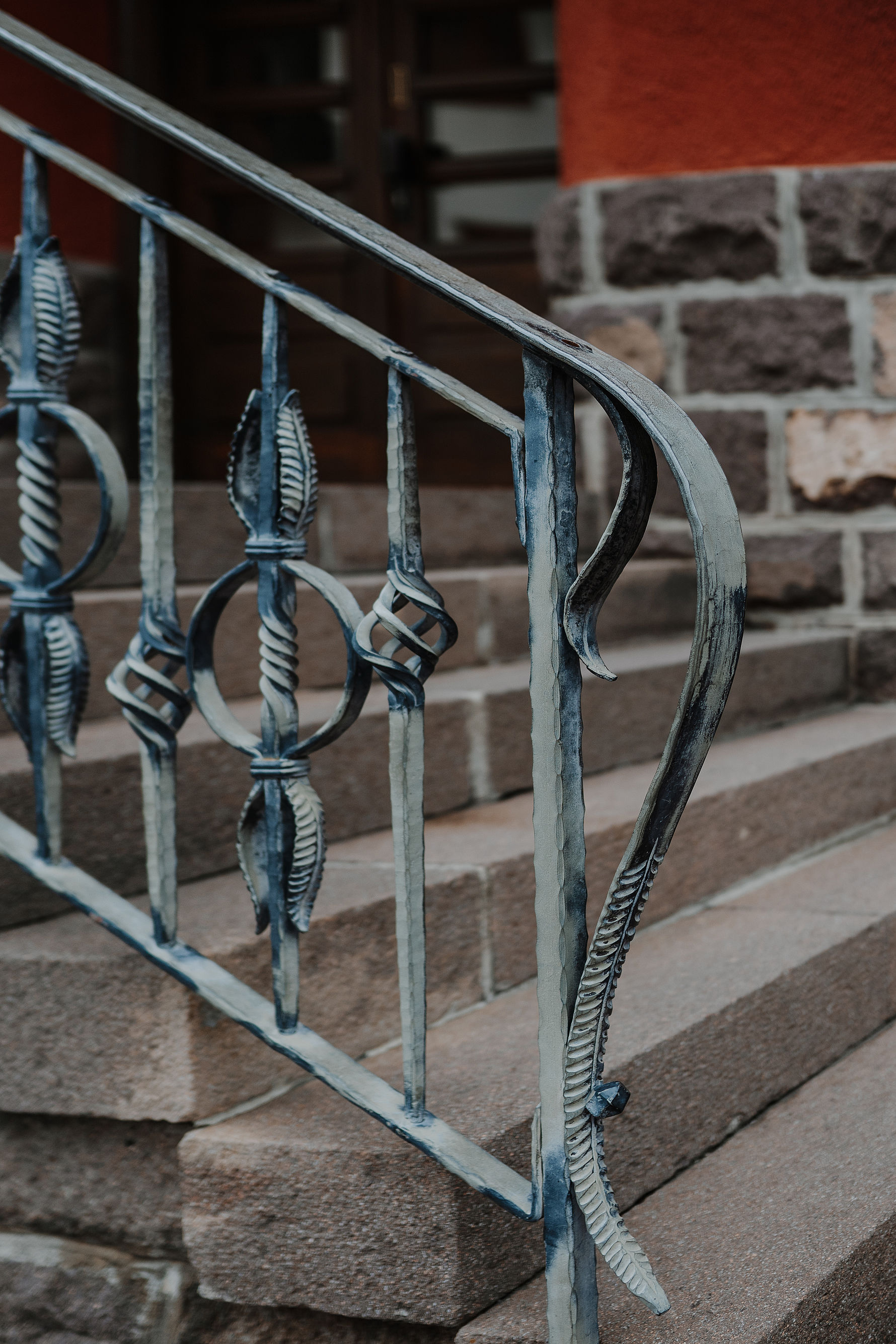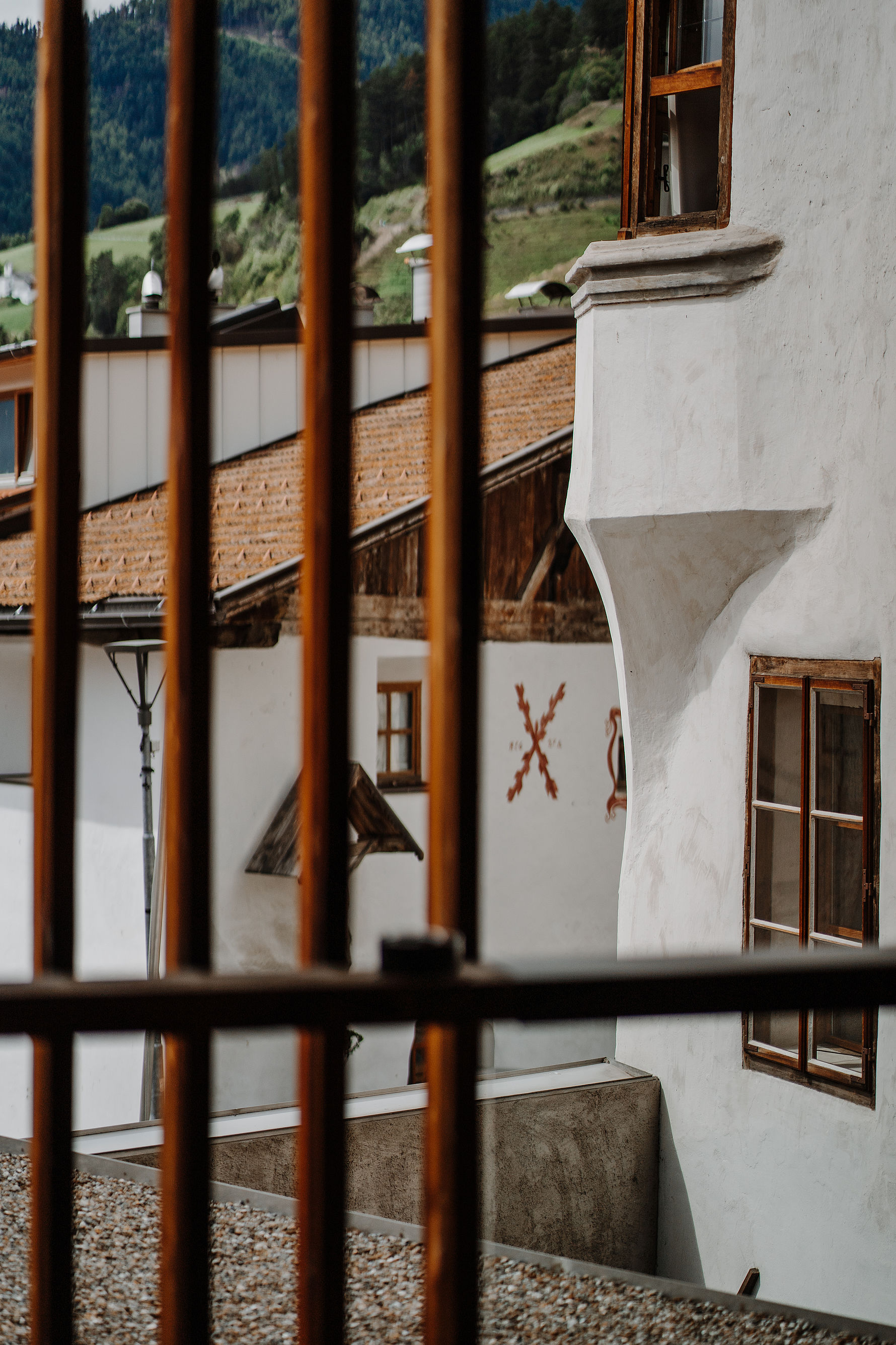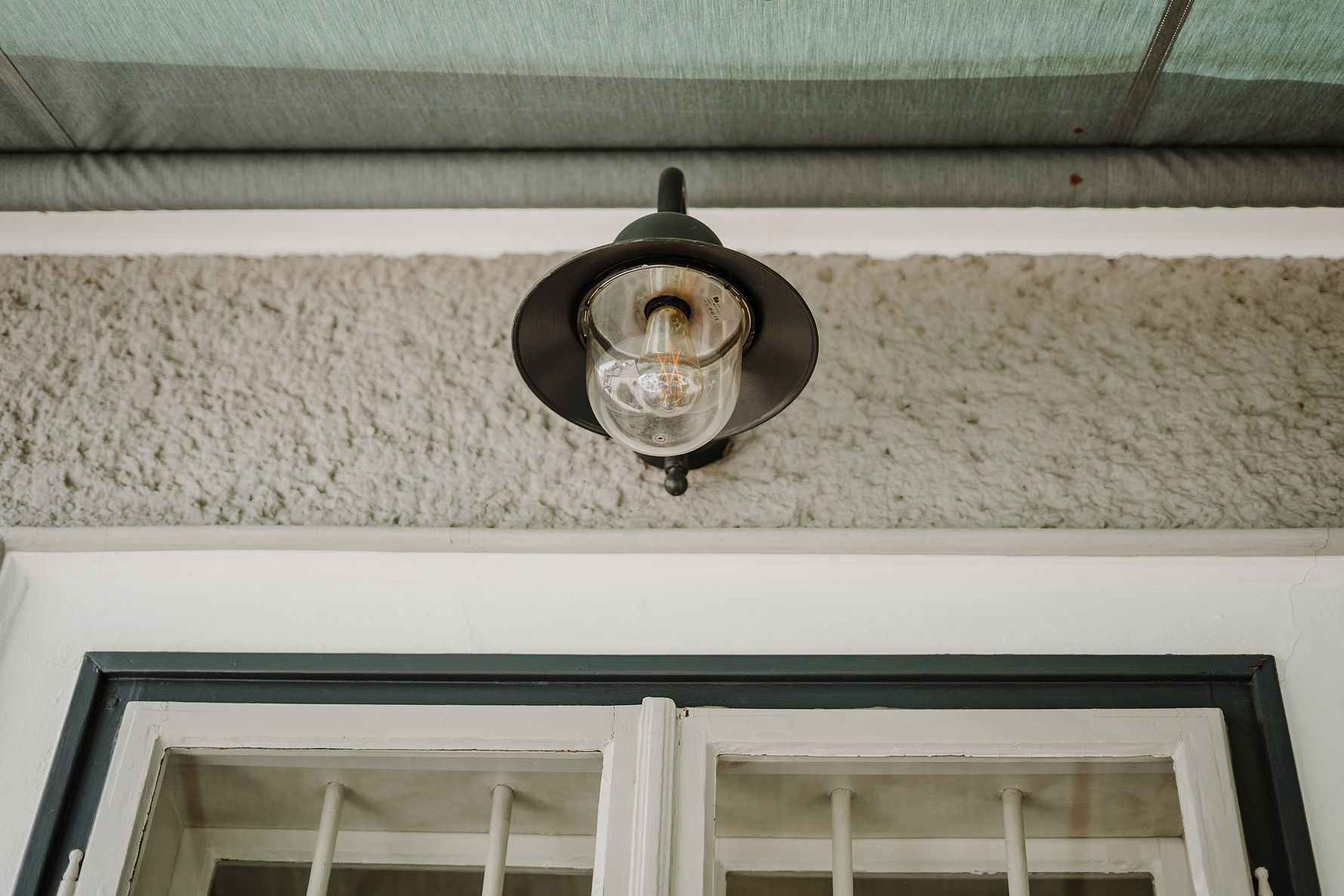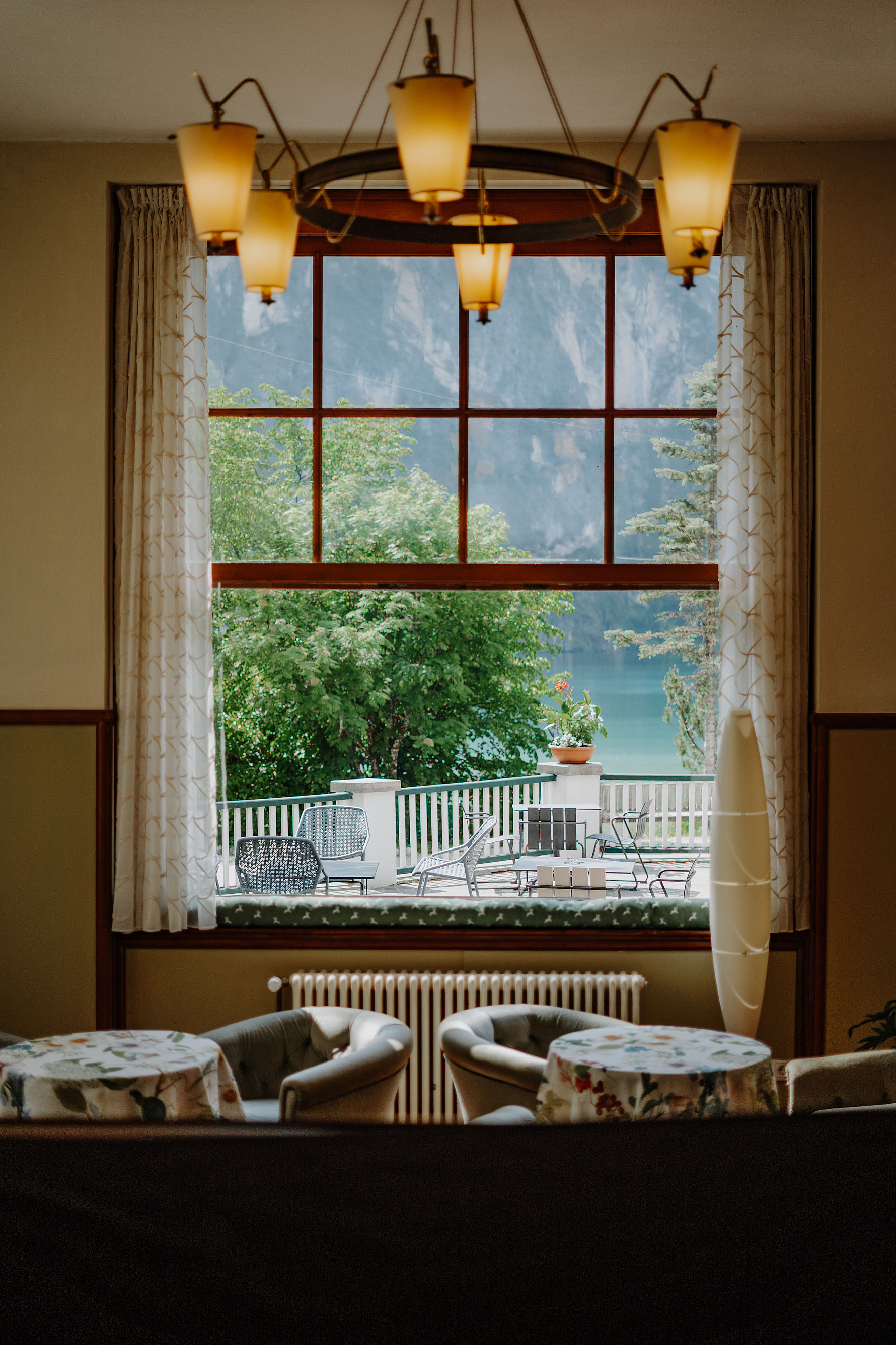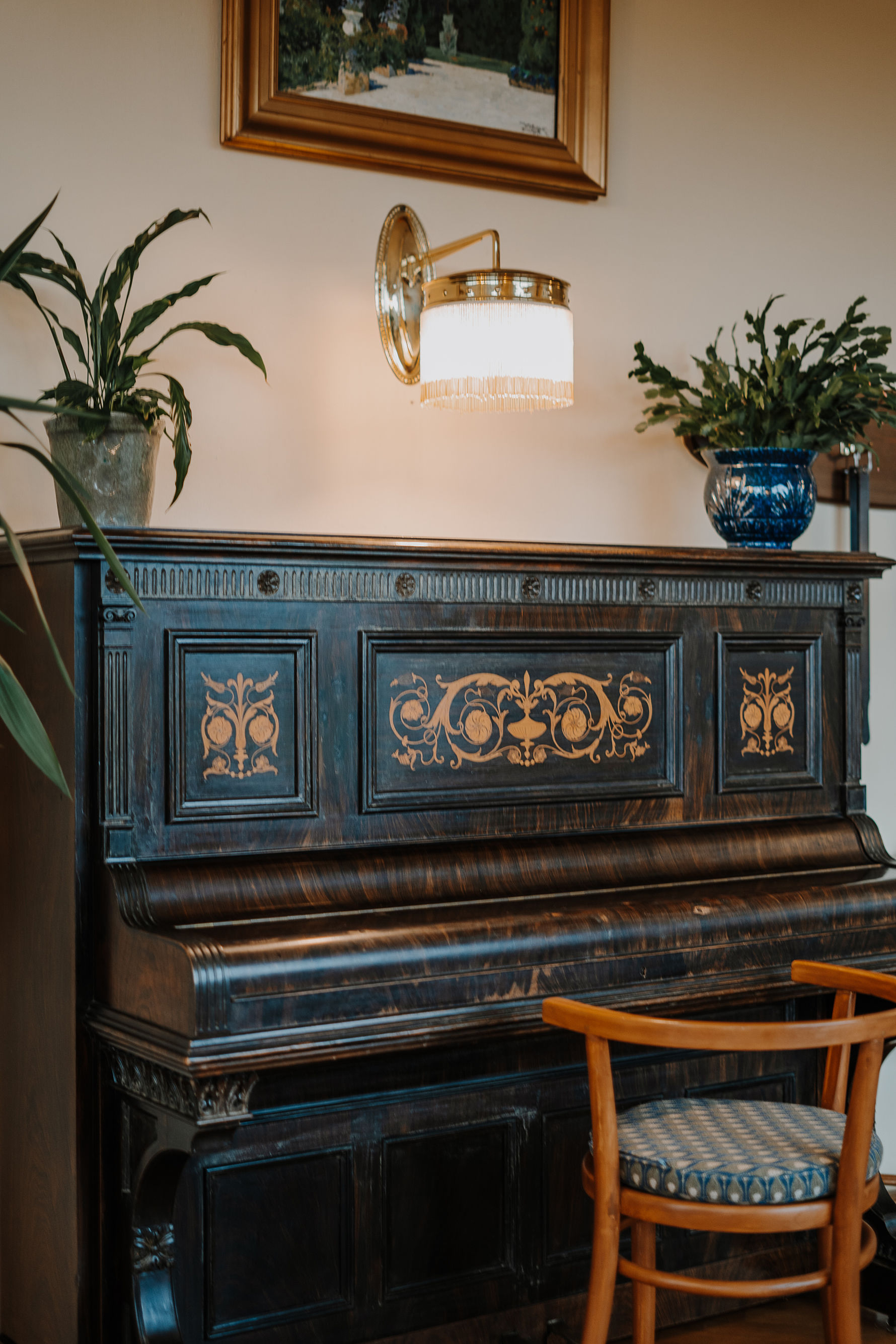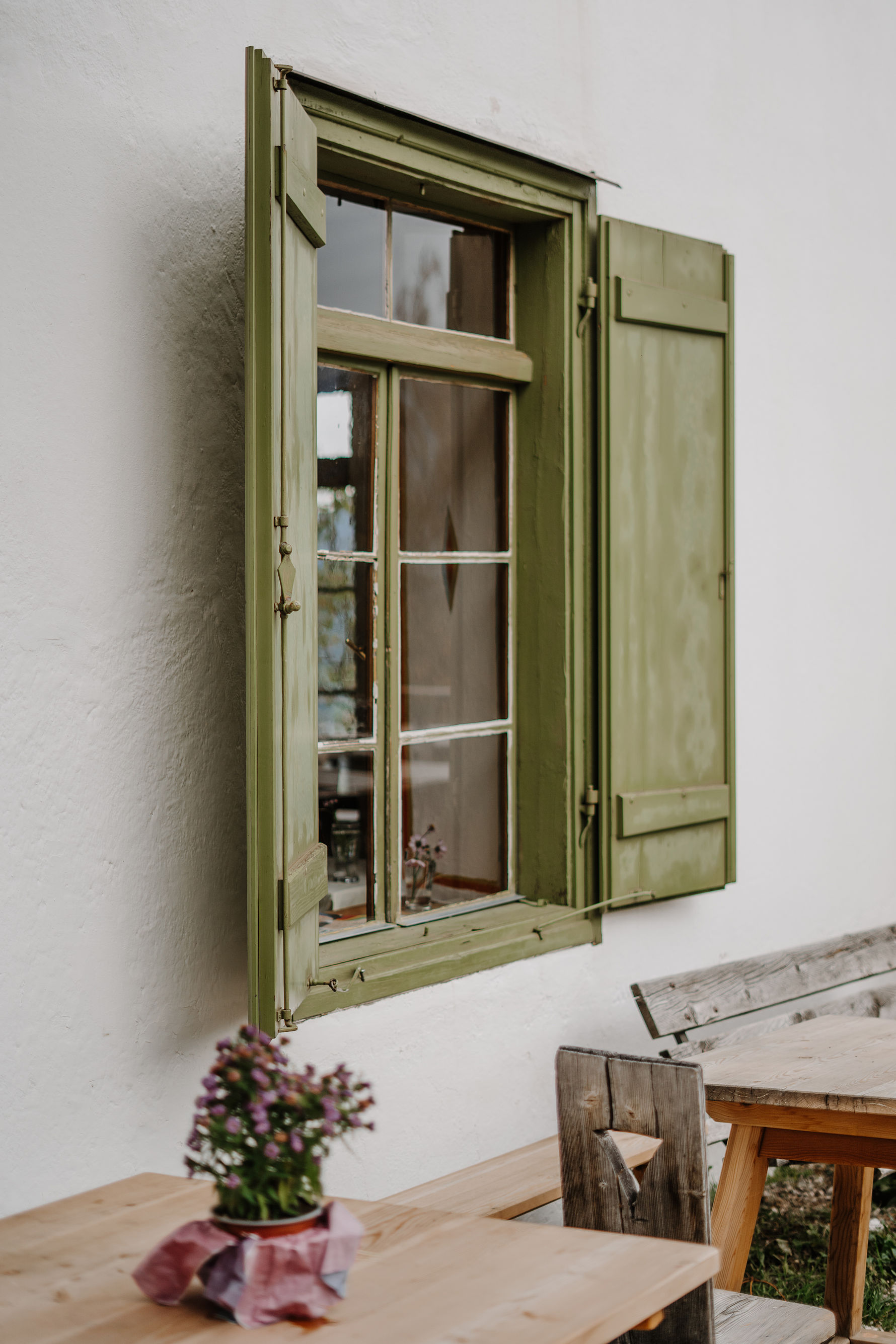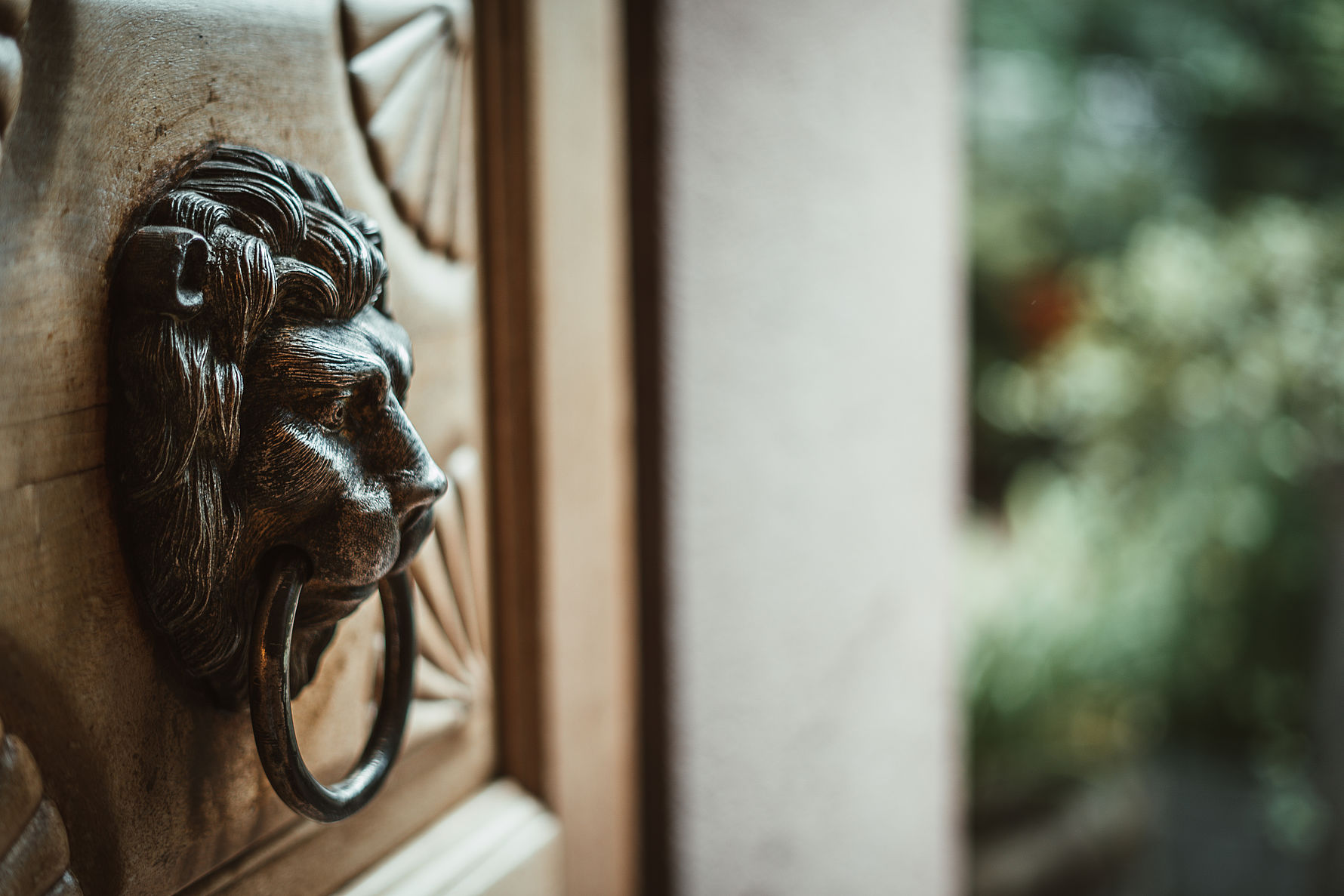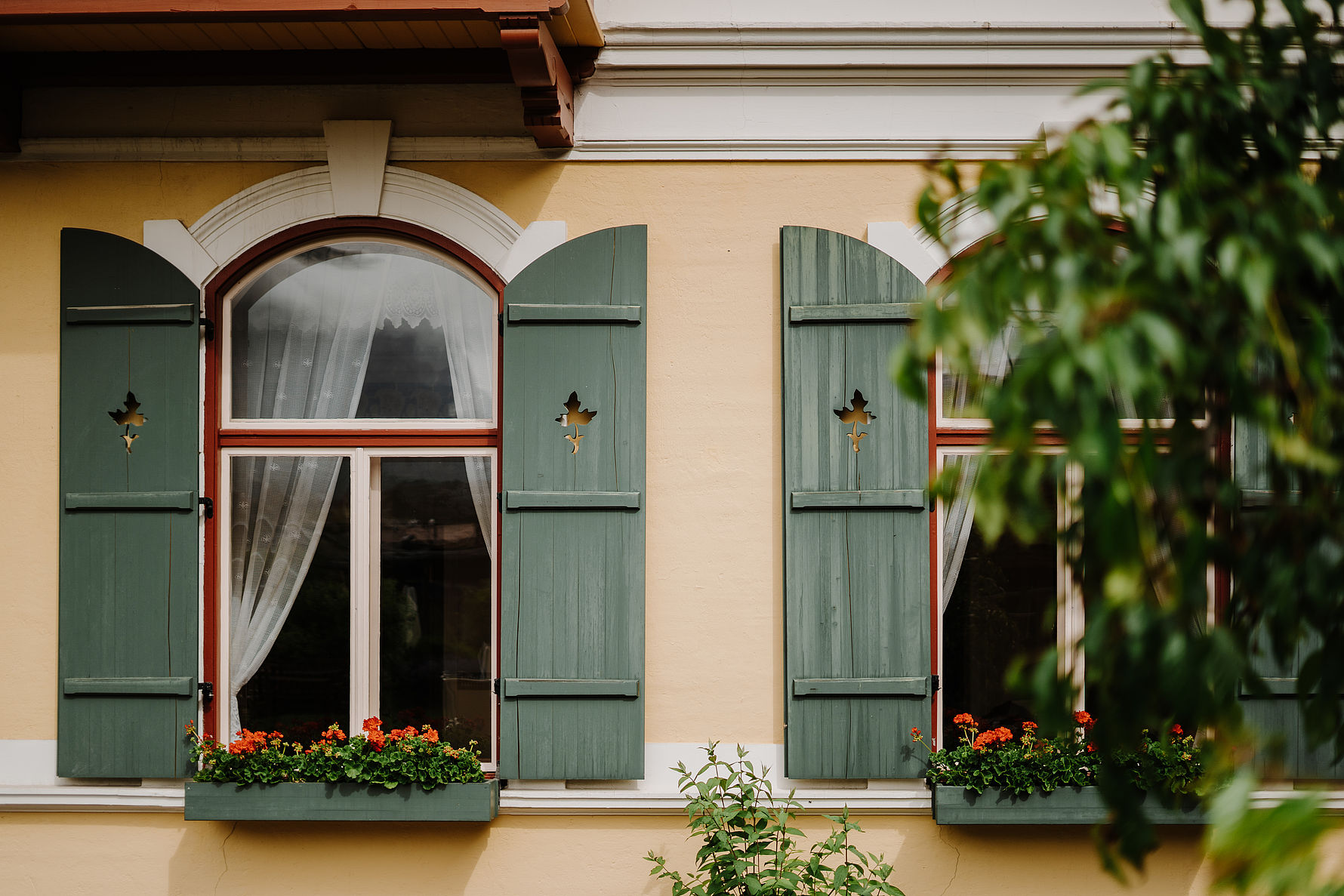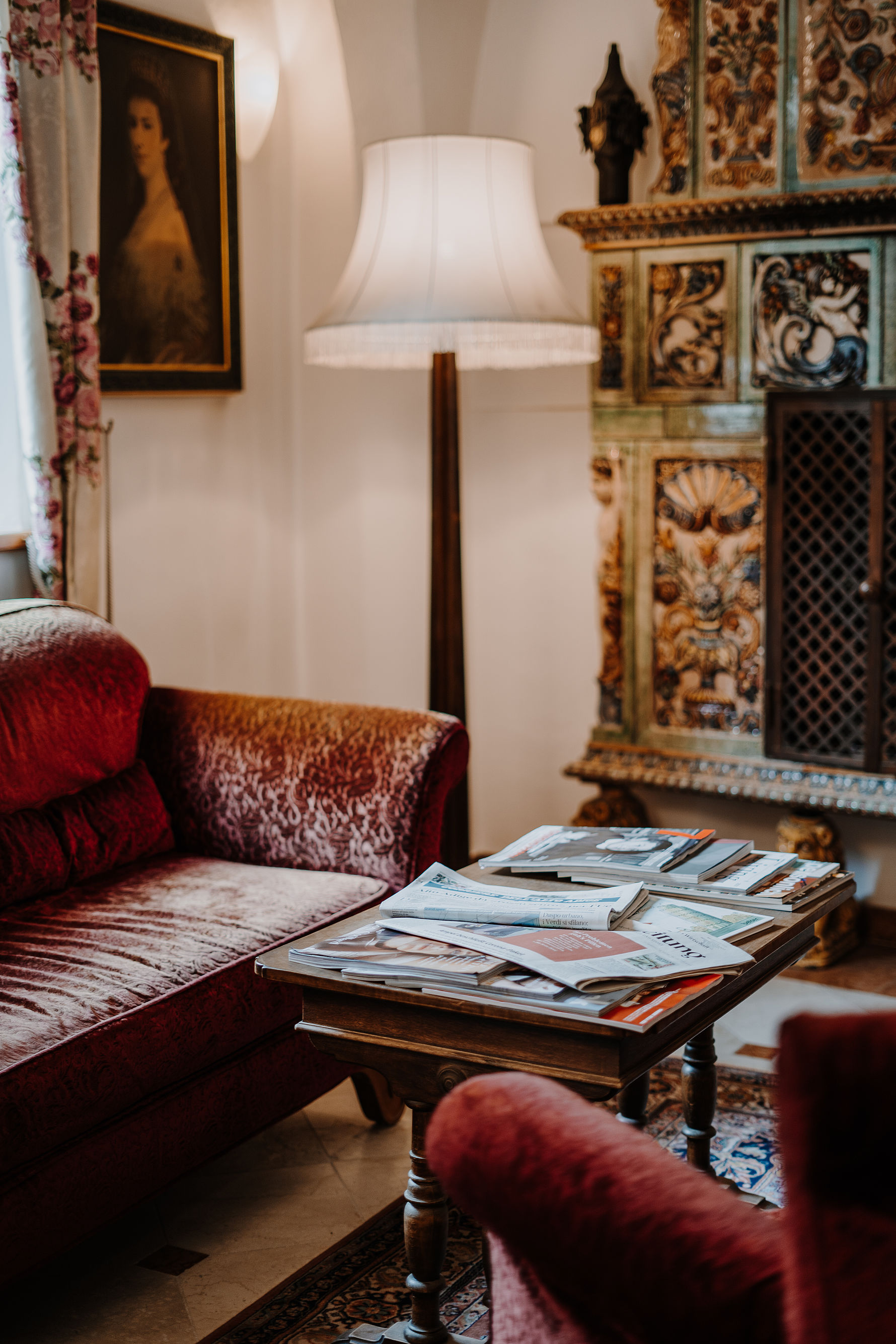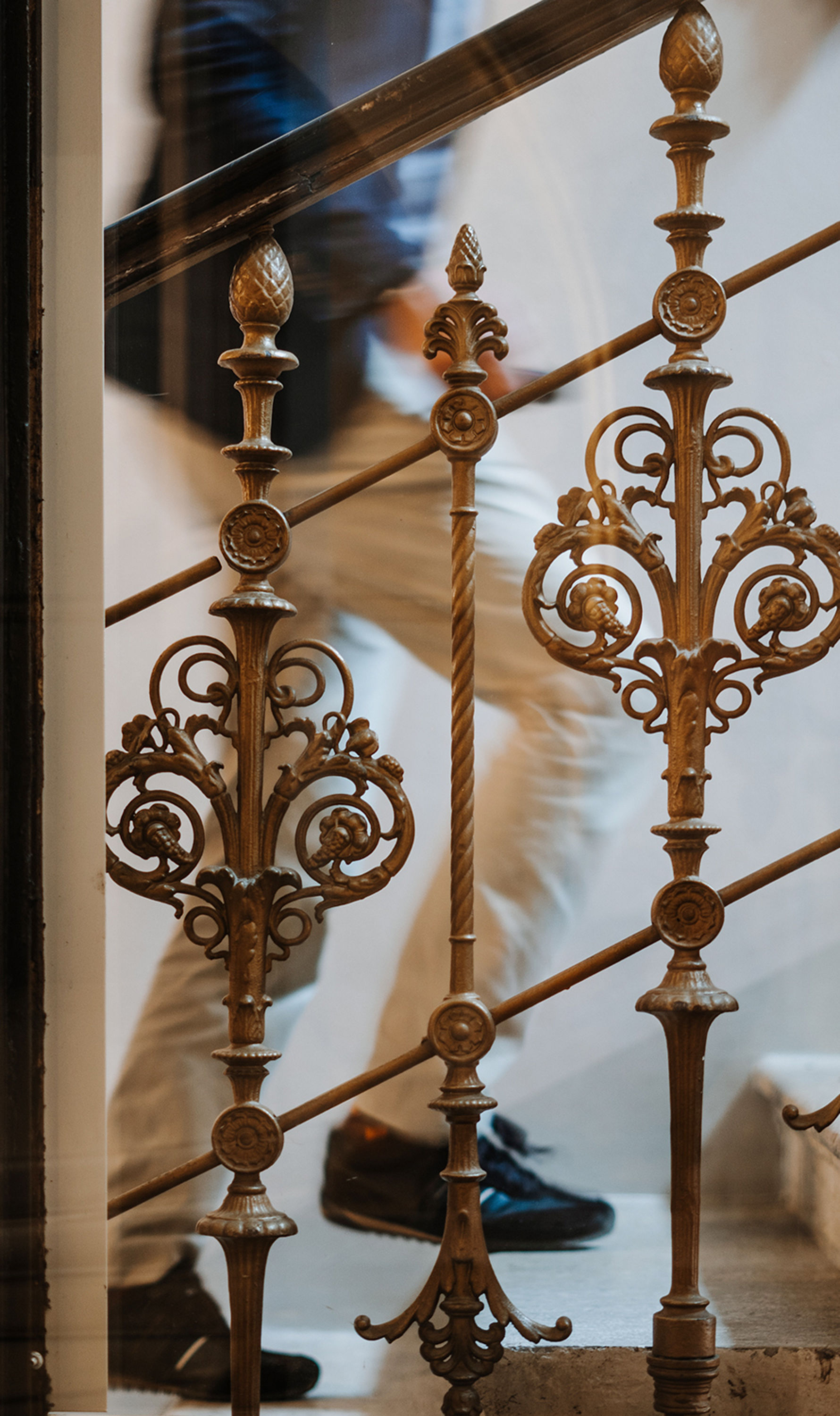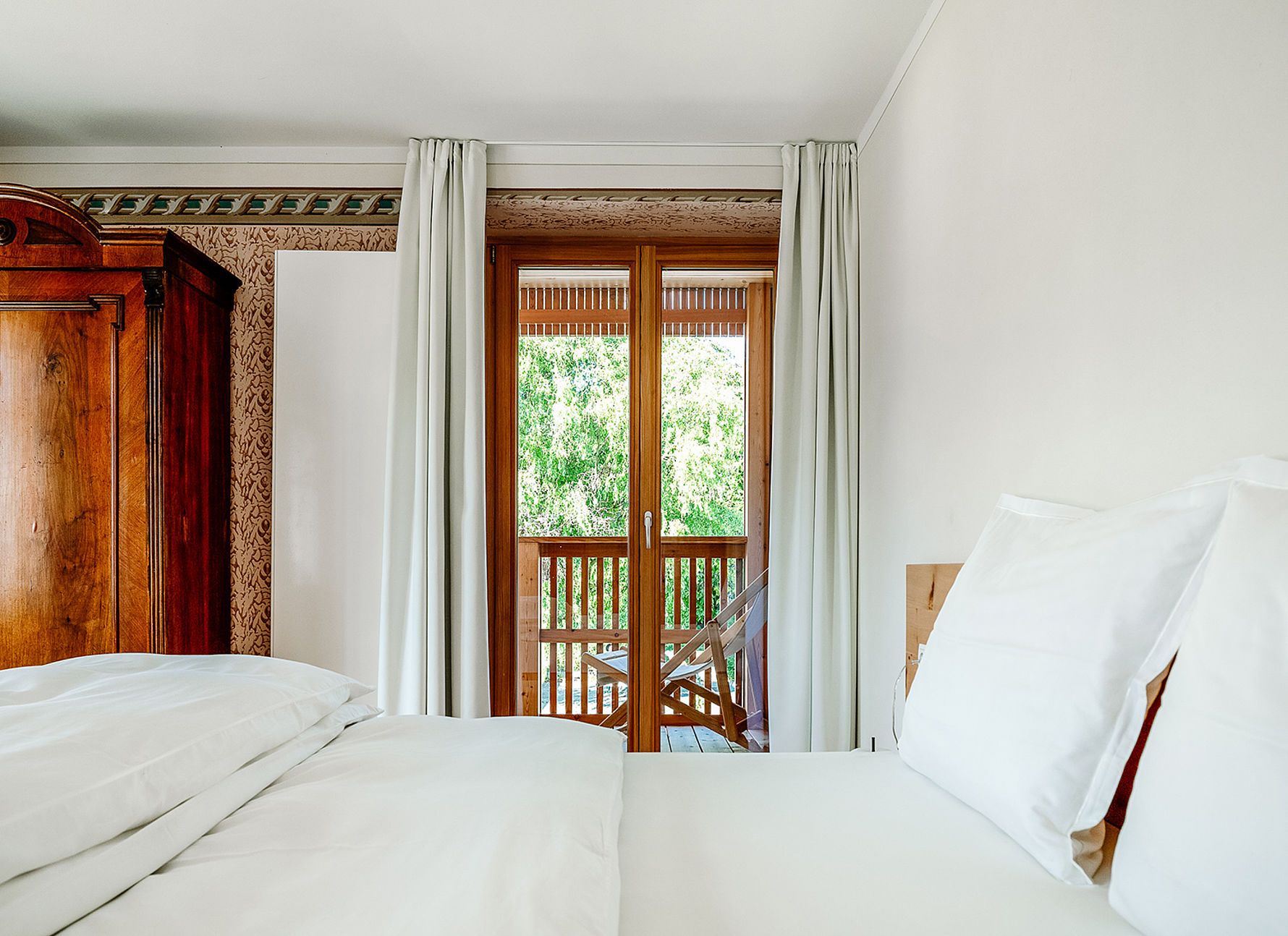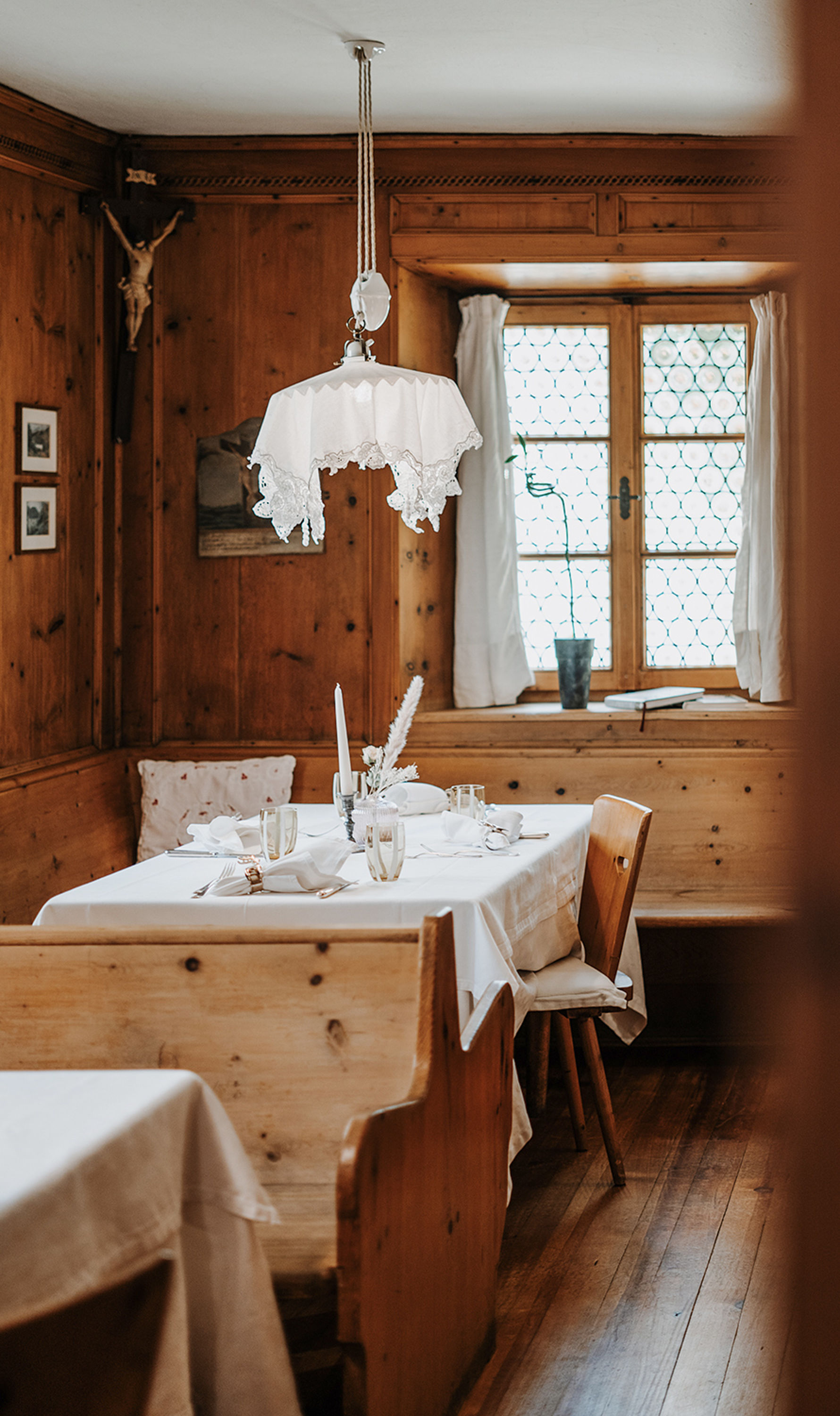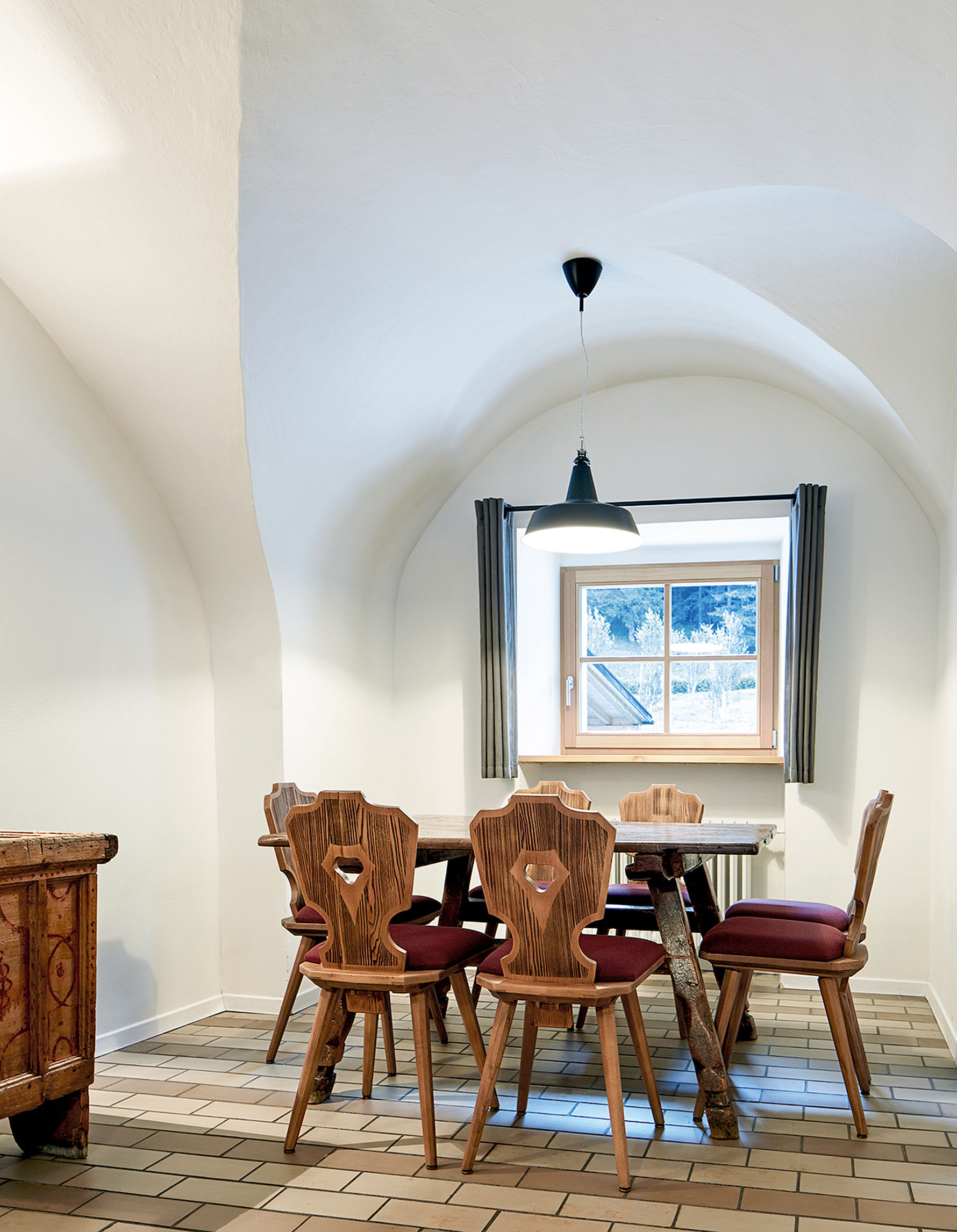Mirko Mocatti, host at the Hotel Gasthof Zum Hirschen in Senale, about new forms of reverence, about new ways of living history in isolation and about why today’s guests experience unique things in yesterday’s pilgrim’s shelter.
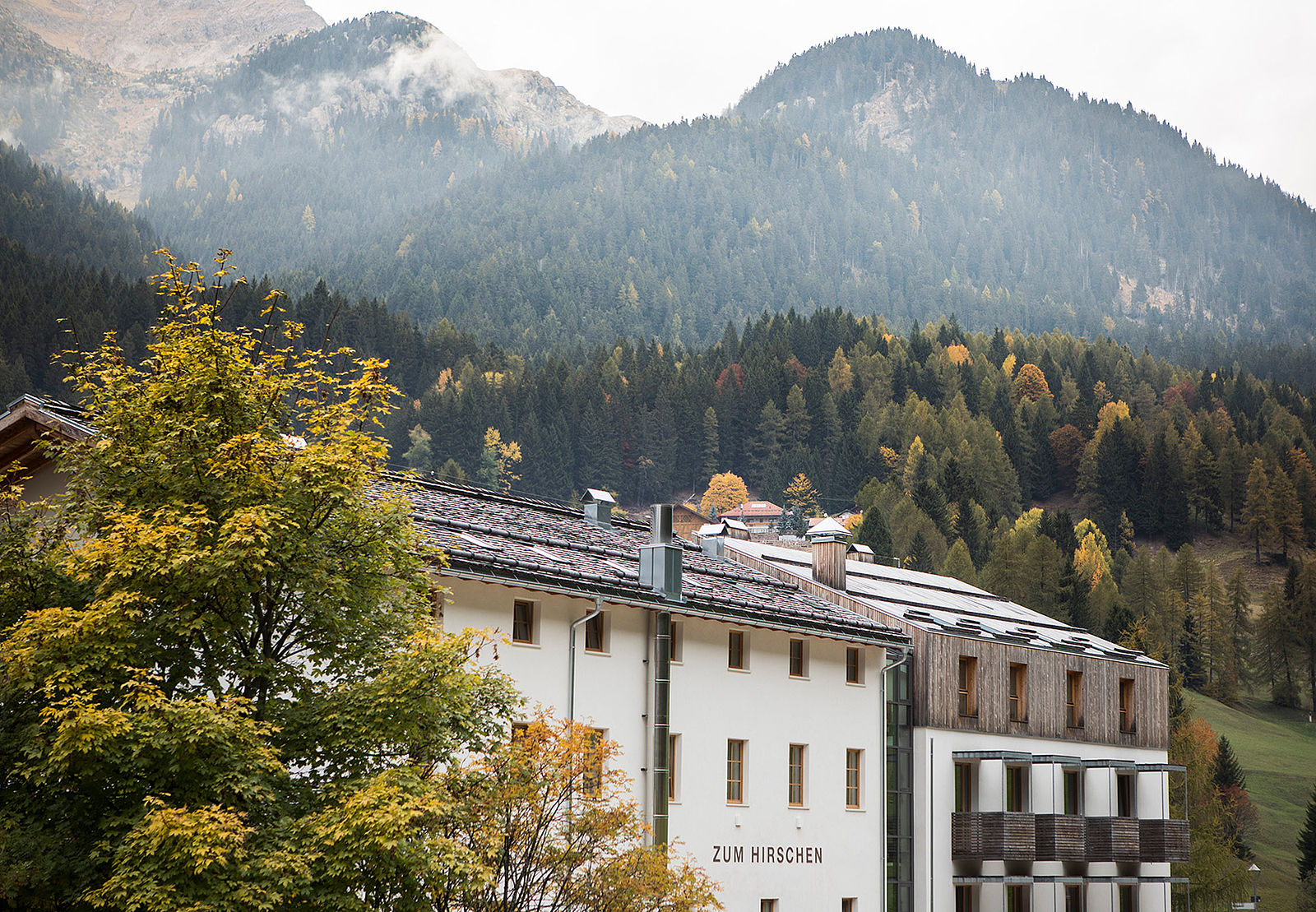
Historic: Your concept is authentic and derived from the history of this former place of pilgrimage. How did it come to life?
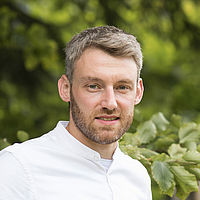
Mirko Mocatti
Host at the Hotel Gasthof Zum Hirschen
It was a long process that in fact began in 2008, when I joined the business. However, it took a couple of years until we had developed the basic concept for the renovation that was then finished in 2019. It was always crystal clear for us that the history of the place needs to play a key part in the renovation. We wanted to return the house to its historic identity and function.
What function was that?
The original job this house had was to host travellers here at the linguistic and cultural border between South Tyrol and Trentino. Most of them were pilgrims who were also spiritually escorted by the local clergymen.
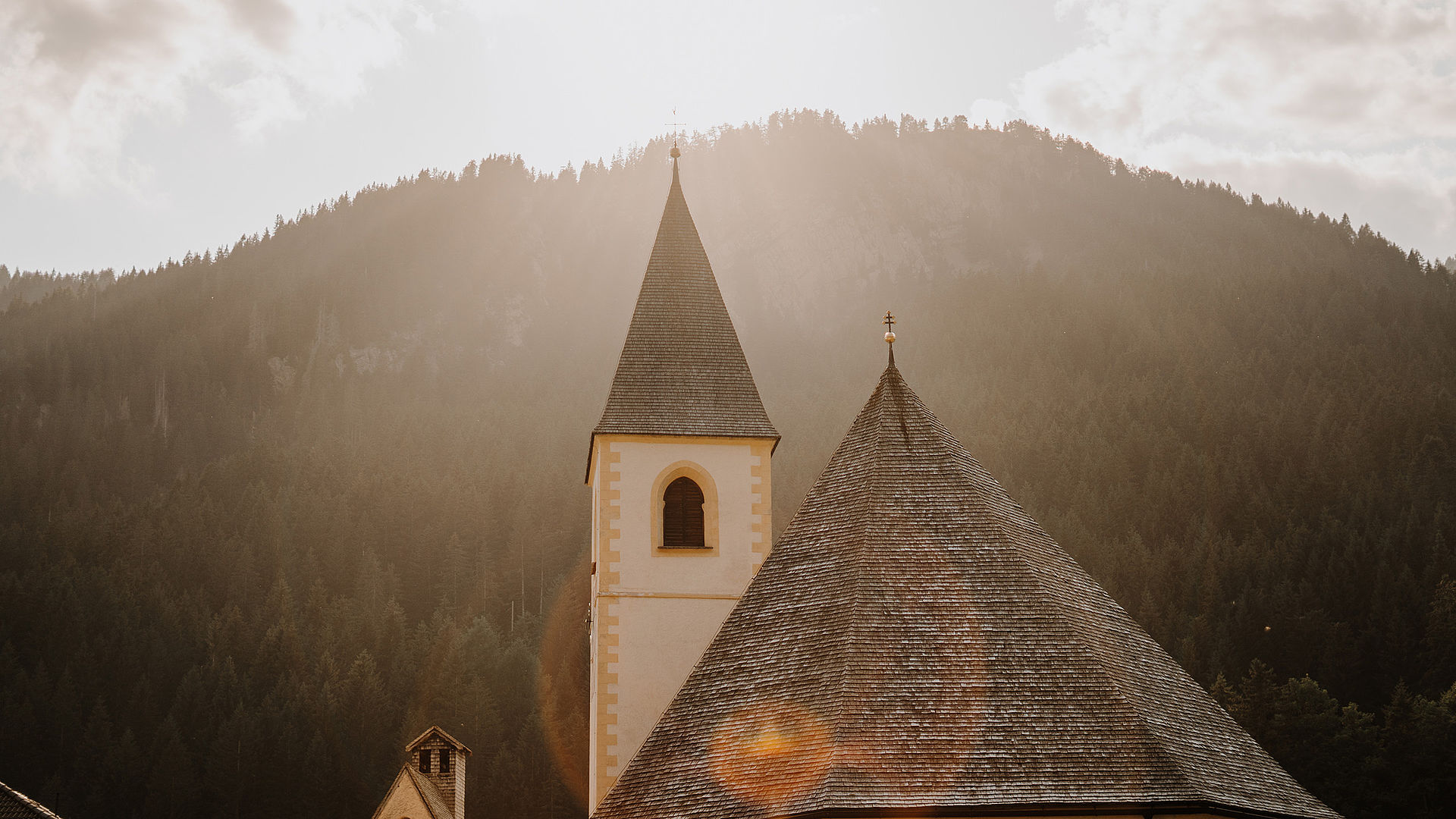
Modern pilgrimage means reflection, nature, and history.
So, your idea was to bring pilgrimage to the modern day?
Yes. Pilgrimage used to serve the purpose of answering existential questions—an external journey to internal catharsis. Today’s guests are in a certain sense pilgrims as well. They travel to have an experience that improves their life in some way. And they also try to find answers to certain questions. That’s our parallel.
How is the history of the house expressed in architecture?
The simplicity and modesty of pilgrimage is mirrored in minimalism, reduction, and essentiality. Our architect Lorenzo Aureli helped us develop an architectural language that is fuelled by removal rather than addition, that remains in the shadows, and that modestly blends in instead of standing out through extravagant forms.
»The modern interpretation of old rituals creates a new form of reverence: mindfulness.«
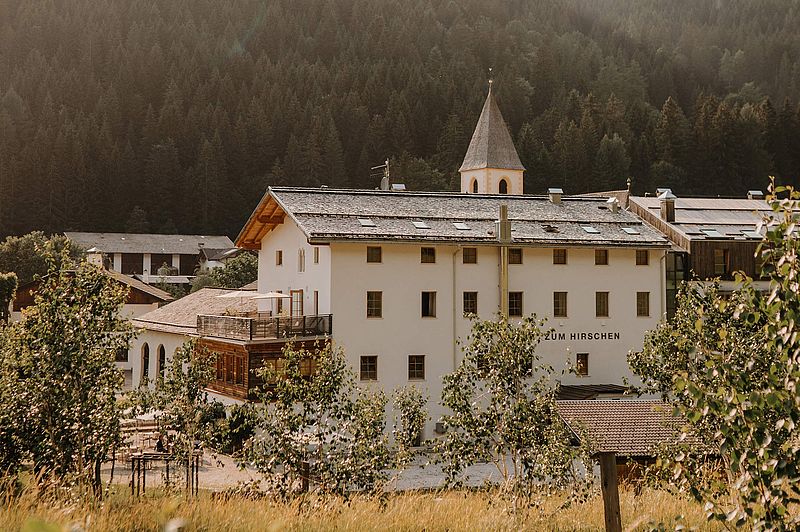
Hotel Gasthof Zum Hirschen
For 850 years, pilgrims and travellers of the Val di Non Valley have spent many a night at the Hotel Gasthof Zum Hirschen, a place to cherish the basics in life. Minimalism rules in this remote mountain hideaway for epicures in the placid pilgrim destination Senale.
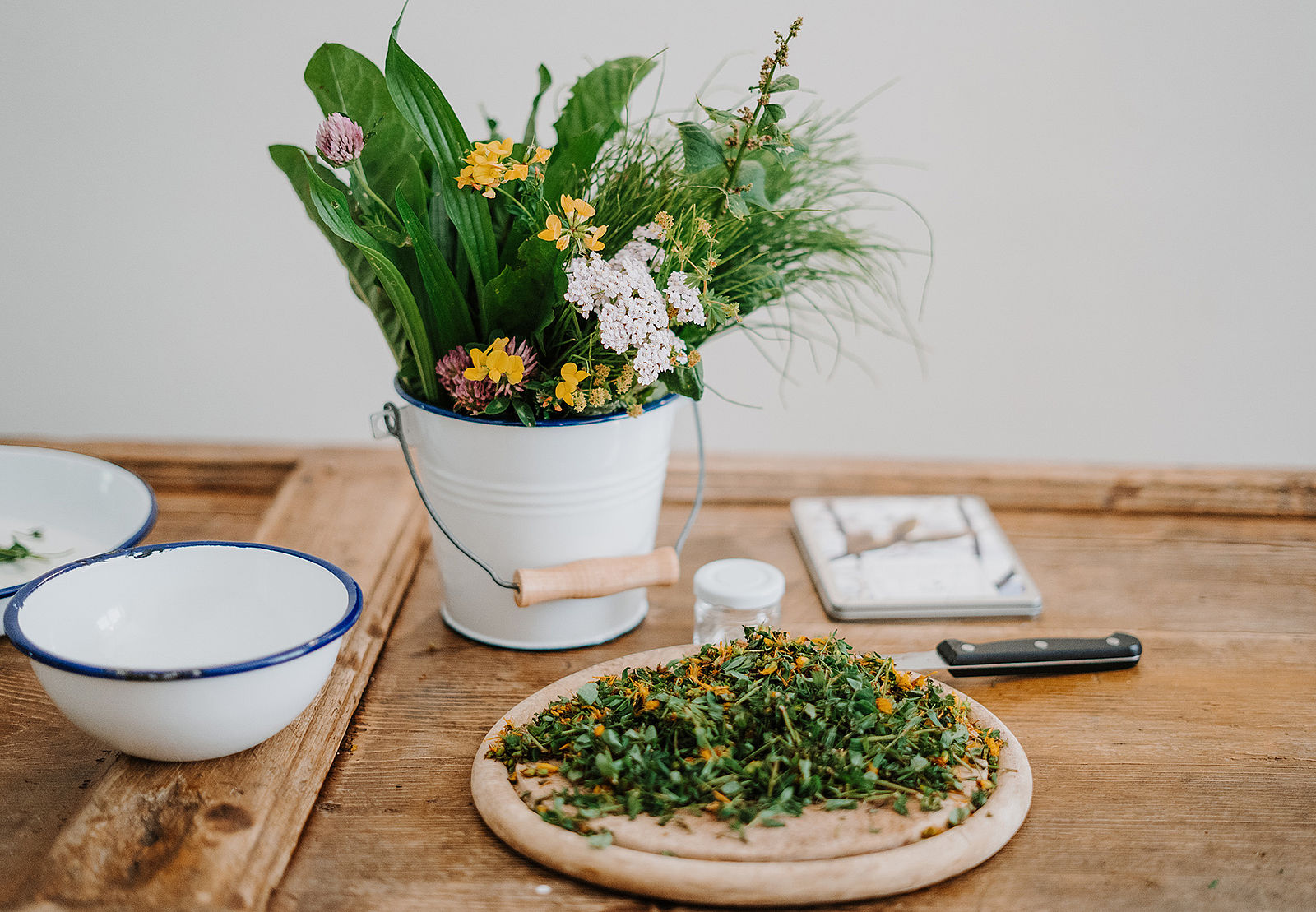
How does the culinary concept come into play?
Cuisine is a bridge to make concepts like spirituality and contemplation easier to grasp. We have included the principles of Hildegard von Bingen and the ‘herb priest’ Weidinger as well as some ideas from the slow food movement. Before dinner, for example, we serve an elixir, that’s a tepid drink with forest aromas and essences, focussing on a different herb each day. This little preparatory ritual is meant to replace the peasants’ prayer from back in the day and to get the senses and the body in the mood for the meal. It drags the guests out of their every-day routine and allows them a new form of reverence: mindfulness.
Is your culinary concept also based on the seasons?
In spring, we begin with the Dandelion Weeks. Summer is all about the forest aromas as we stage the forest theme on your plate. Dishes that involve tree moss, stinging nettles and ground elder fascinate people. We continue with the game theme; after all, we are named after the stag. And finally, there is the radicchio in autumn.
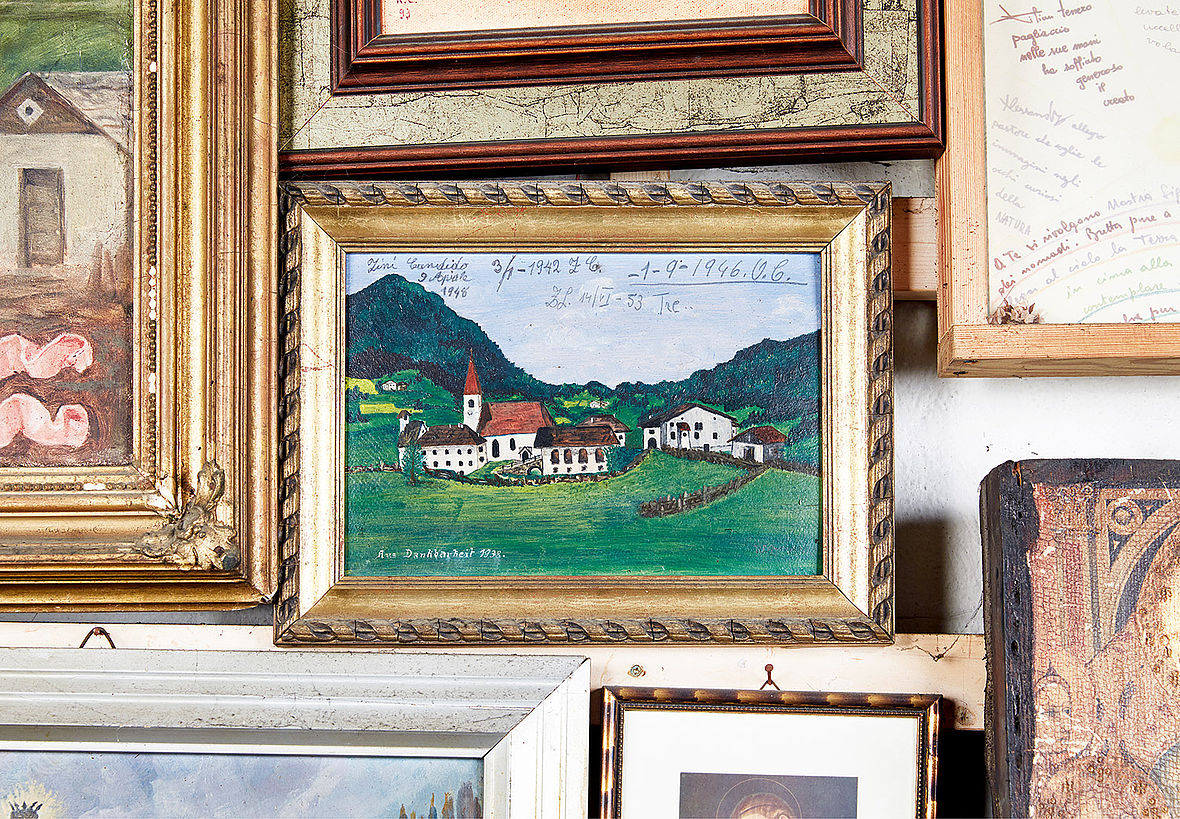
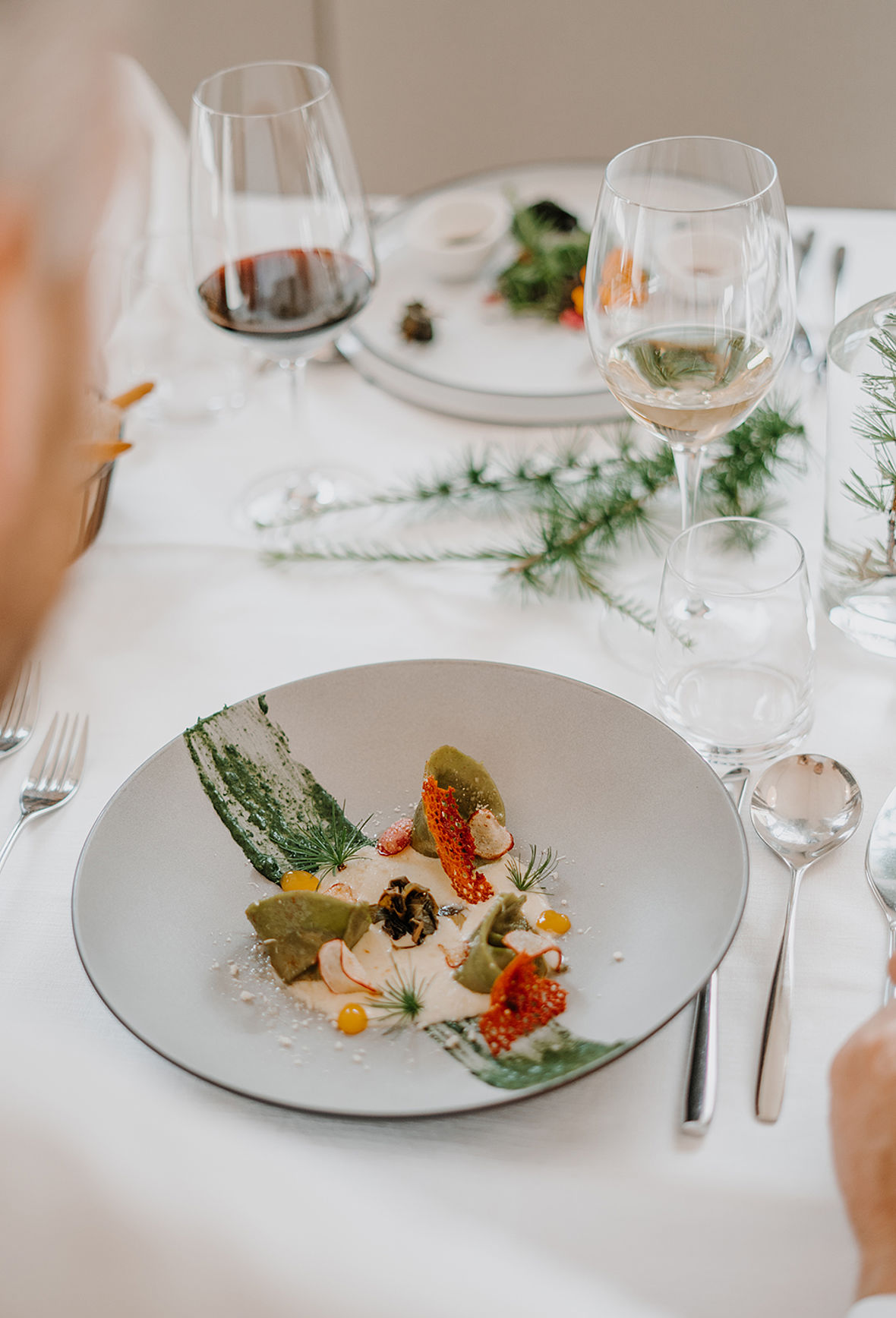
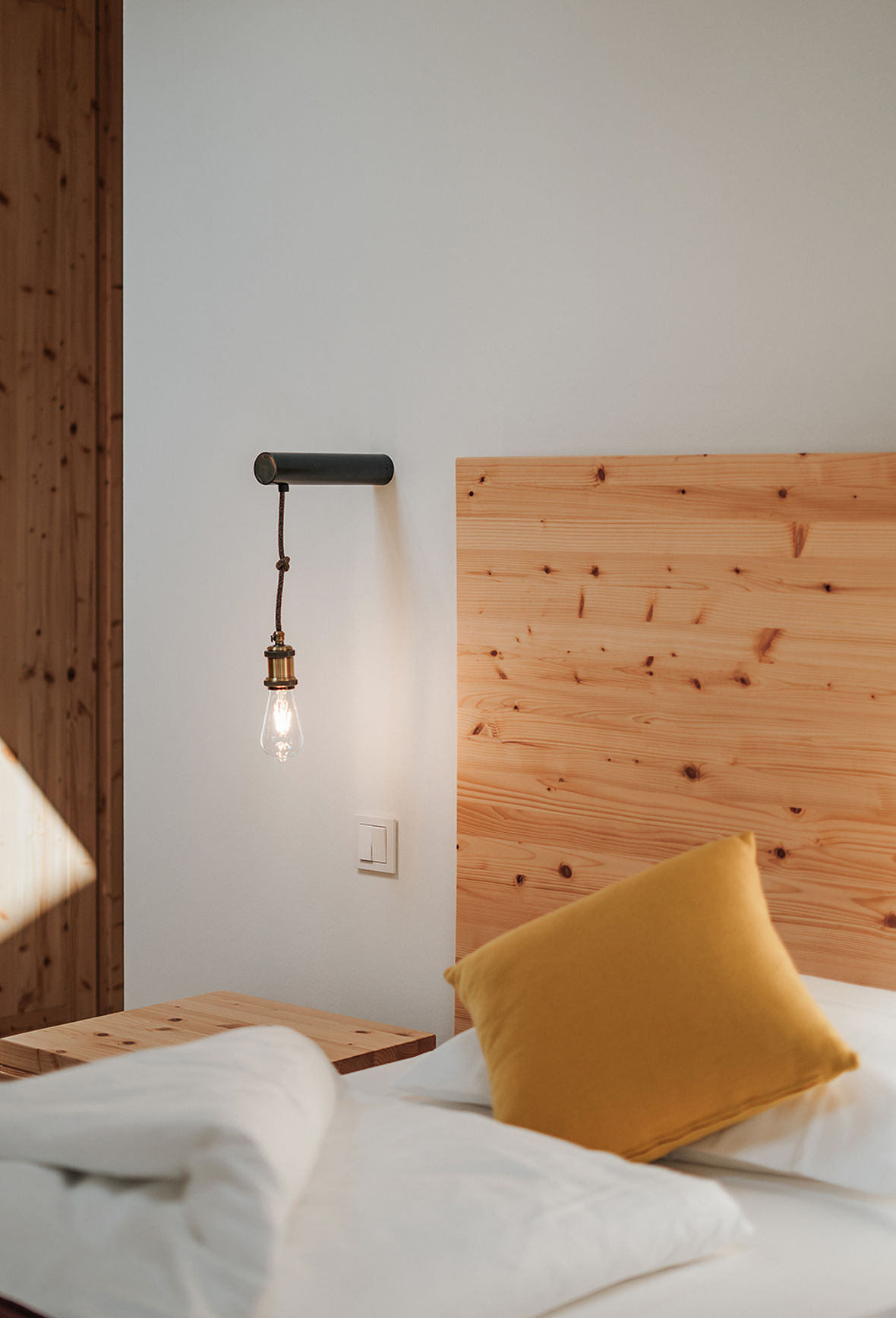
Tell us about the three colours that keep popping up in details of your interior?
The three accent colours are taken from the vicinity: Yellow is for spring and the dandelion that has always been exploited here in the Non Valley. Petrol blue is for the surrounding nature and the forest. The Non Valley is actually a plateau rather than a valley, and there is an interesting play of light and shadow at sunset, giving the larch forests an petrol glow. Finally, the dark red is the colour of the radicchio that has been grown and refined here since 1994—our gastronomical autumn.
Is such a sophisticated concept the secret of success in such a remote area?
We were very keen to make this house fit for the future—for emotional reasons: It is a family house, so not only a workplace but also a living environment. We therefore worked with architect Lorenzo Aureli to devise the concept of authenticity in change. This was a step we took deliberately because we believe it’s important to build lighthouses even on the edges, in non-places like here.
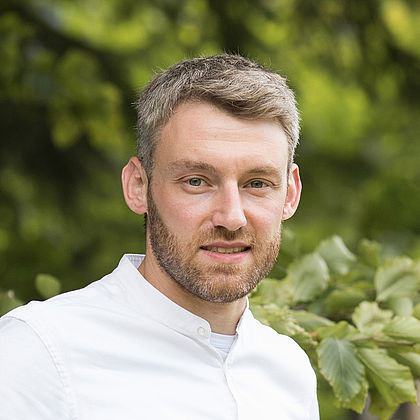
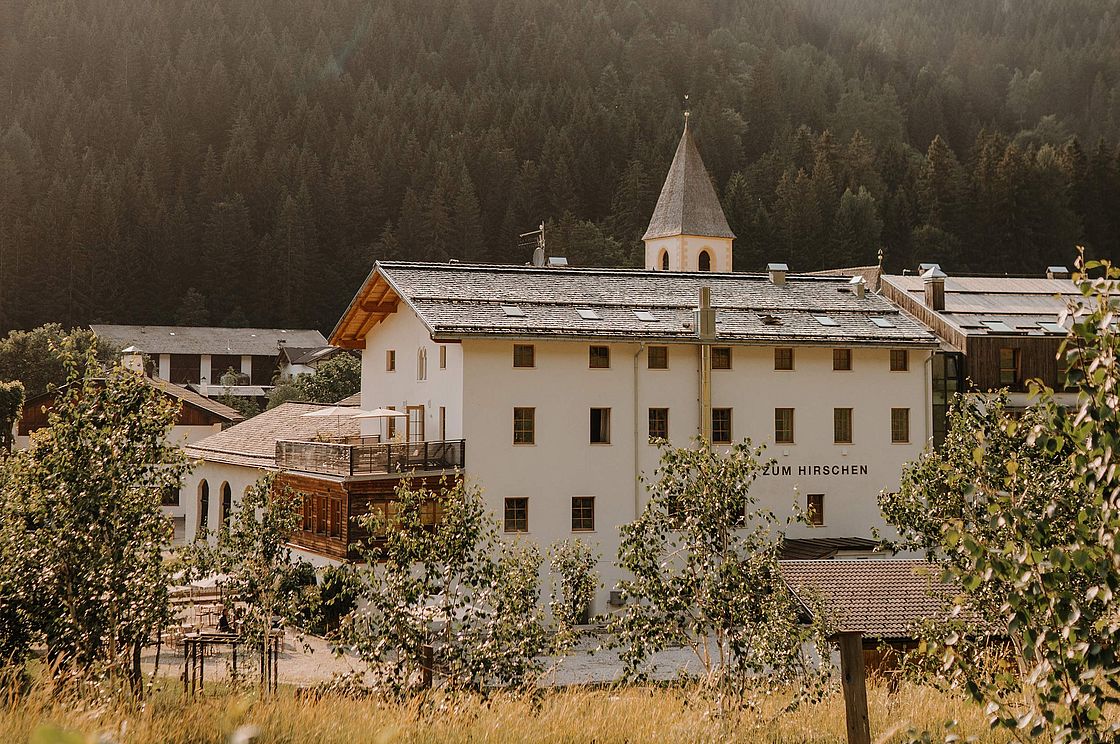
Hotel Gatshof Zum Hirschen
Via Malgasott 2
39010 Senale, Alto Adige
+39 0463 886 105
zumhirschen.com

